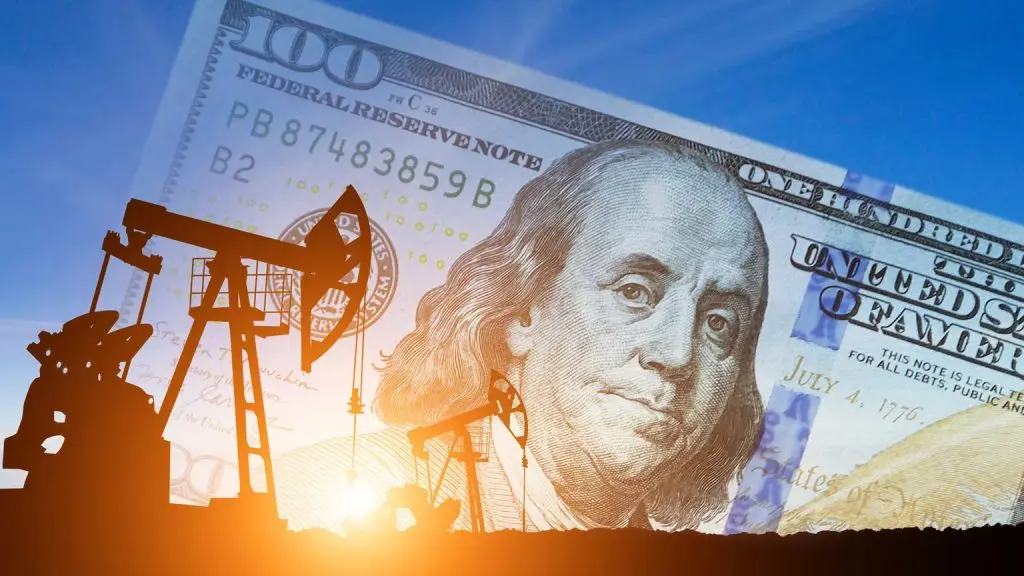BRICS is aiming to control the global oil sector and bring the US dollar down using local currencies for trade. The alliance has been briefly successful in its de-dollarization agenda in the last 24 months and is moving to push further. The bloc inducted four new oil-producing countries Egypt, the UAE, Iran, and Ethiopia in 2024.
An invitation to join BRICS is also sent to top oil exporter Saudi Arabia. The Kingdom is weighing its option of joining the alliance, and Saudi Arabia’s entry into BRICS will change the supply dynamics of the global oil and gas industry. There are chances that Saudi Arabia could accept local currencies for oil and reduce the US dollar for payments.
BRICS: One Fifth of Oil Payments Settled in Local Currencies & Not the US Dollar
According to the latest report, around 20% of the global oil payments were settled in local currencies and not the US dollar in 2023. JP Morgan’s Head of Global Commodities Strategy, Natasha Kaneva, revealed to the Wall Street Journal that US sanctions are a major motivator for BRICS countries to start doing oil business in non-dollar currencies.
The US pressing sanctions on developing economies is what’s driving BRICS towards making payments in local currencies for oil. “This is something other countries are increasingly concerned about,” said William Jackson, Chief Economist at Capital Economics to WSJ.
“Some are seeking to reduce their risk of possible sanctions on the use of dollars in trade. China is trying to act as a geopolitical counterweight,” he said. If Saudi Arabia joins BRICS, the percentage of oil transactions in local currencies will increase in the coming years.
While 20% of all oil transactions were settled in local currencies in 2023, the numbers could advance if Saudi Arabia enters BRICS. The alliance already dominates 43% of the global oil supply threatening the prospects of the US dollar.

